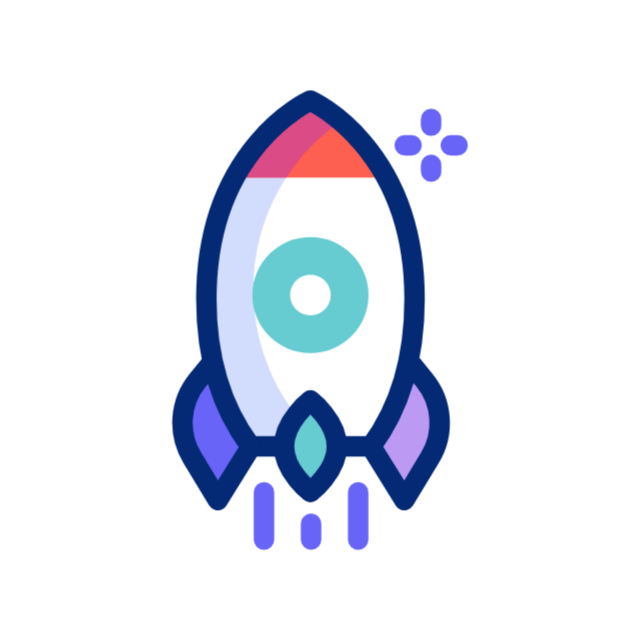How to Build Powerful AI Agents Without Coding Using OpenAI’s New Agent Builder
Imagine you plan your daily tasks with ease. You set up meetings, draft emails, and gather product data. No long code is needed. The process feels like placing connected puzzle pieces that form a clear whole. You choose a visual tool to link each step closely with the next. The steps depend on one another. Soon, you see a working AI agent appear in minutes.
OpenAI’s Agent Builder now makes this real. It lets anyone—from small business owners to coders—create AI agents that work on daily tasks. The tool works fast, stays safe, and runs well. Read on to see why this matters and how to build your own AI workflows.
What Is OpenAI’s Agent Builder?
Agent Builder is a visual editor. You drag and connect nodes on a canvas. Each node shows a step or a tool in your plan. For instance, a node can fetch calendar data, read text from files, sum up content, or send an email. Instead of writing long code, you simply join these steps. Each link shows how data moves. The closer the steps, the easier it is to follow.
The Agent Kit also gives you more tools:
- Agents SDK: Use this if you wish to code agents in Node, Python, or Go.
- Chat Kit: Add AI chat features in your apps.
- Connector Registry: Control third-party ties with apps like Google Drive, Slack, or Salesforce.
- Built-in Guardrails: Stop leaks of private data or wrong actions.
- Evals & Reinforcement Fine-Tuning: Set up tests that test and update your agents as they run.
Key Benefits and Features
1. No-Code AI Agent Creation
Building AI agents used to need many API links and code. With Agent Builder, you place nodes in a simple frame:
- Visual Canvas: Pick nodes from a list of file search, data analysis, outputs, and API steps.
- Easy Connections: Join nodes with arrows to guide the data.
- Instant Preview: Test your plan right in the editor. Find and fix errors as you go.
- Version Control: Every change makes a new saved version. You can undo changes if needed.
Now, you can build workflows that read your meeting schedule from Google Calendar, collect related files from Google Drive, sum up notes, list action items, and draft follow-up emails. All this happens with a drag-and-drop style and no code to write.
2. Safety and Compliance Built-In
AI agents may sometimes do sensitive work. They might send emails or update sheets. Safety is a key part of the design.
Agent Builder works with safety guards that:
- Hide personal details like social security numbers or credit card numbers.
- Detect and block wrong attempts to break rules.
- Follow set rules such as "do not send emails outside the firm" or "do not allow transactions over $1,000."
- Check every run of the agent without manual work.
These checks help keep your data safe and guide your AI work in sensitive areas.
3. Integration Governance with Connector Registry
AI agents work best when they fit tools you use. OpenAI’s Connector Registry helps you:
- Decide which third-party ties (like Dropbox, Salesforce, or Slack) team members use.
- Control rights and check logs for compliance.
- Bring safe integrations to every department.
This registry is in beta and mainly for large companies. It shows a move toward safe AI use.
4. Developer-Friendly SDK for Advanced Control
If you are comfortable with code, the Agents SDK gives you more power. You can:
- Use libraries in Node.js, Python, or Go.
- Work with a clear, type-safe setup to define tools, steps, and flows.
- Include this in version controls and deployment pipelines.
This choice lets coders put AI agents deep in production systems while keeping sound practices.
5. Continuous Improvement with Evals and Fine-Tuning
You can use evaluation sets to test your agent. The tests check if the outputs match what you expect. With fine-tuning that uses feedback from tests, the AI models update on their own. The result is an agent that gradually gets better with real use.
This method makes sure your AI agent improves as it runs.
Real-World Example: Building a Meeting Preparation Agent in 10 Minutes
Follow these clear steps to create a meeting assistant that sums up meetings and writes follow-ups automatically:
- Create a new workflow called “Meeting Prep Agent” in Agent Builder.
- Add links for your Google Calendar to get meeting times and Google Drive to get your files.
- Use a file search node to get text from meeting notes that match the meeting times.
- Add nodes to read the notes and to list key tasks.
- Use an output node to draft a follow-up email with the task list.
- Join all nodes with arrows to show the flow of data.
- Turn on safety checks to hide any private data and block leaks.
- Test your workflow inside the editor.
- Save, publish, and set the agent to run after each meeting.
In minutes, you get a working AI agent that cuts down hours spent on meeting prep—all without code.
Who Should Use Agent Builder?
- Small Businesses: Automate support tickets, qualify leads, and handle follow-up emails.
- SaaS Companies: Put AI chat agents in apps that do more than send replies.
- Marketing Agencies: Build AI workflows for tasks like content summaries or email handling.
- Developers and Enterprises: Use the SDK and connector setups to create wide-use, safe AI functions.
Things to Keep in Mind
- Agent Builder is in beta, so you may see bugs.
- The connector registry and some ties are aimed at large companies and might not be ready for small teams.
- Safety checks reduce risk, but AI agents can still err or produce wrong outputs. Rigorous tests are needed before full use.
- When apps like Google Drive or Slack join, your data passes through OpenAI servers. Check privacy rules and compliance.
- Even though no code is needed, you must know some basics about workflow steps and how data moves.
- API costs depend on how often your agents run. The builder is free during beta, but heavy use can add cost later.
Getting Started Today
If repetitive tasks or data workflows use up your time, the new Agent Builder is a practical tool you can use right away. Sign up for the beta to:
- Try pre-built templates for support or document reading.
- Build custom agents that fit your daily flow.
- Use in-built safety checks for secure work.
- Connect with the apps you already use.
You do not need any coding skills—just a clear idea of the steps and how they connect.
Final Thought
Creating AI agents once needed deep code and long projects. By turning the task into a visual, no-code platform with safety and control built in, OpenAI’s Agent Builder lets businesses and coders automate many steps without long work. You can cut down on manual tasks and gain more time for important work. The time to try the Agent Kit is now. Transform how you work with AI.


